Measuring driver safety has become increasingly simple and accessible thanks to new technologies. But these advancements are still trying to keep up with the latest vehicles, whose construction and running have also been advanced by better tech.
Driver safety and tech-driven vehicles have become uniquely combined under self-driving cars, with the latest news of Apple being given the go-ahead for a fleet of self driving cars in California. Yet, despite developments, there is still hesitance, and the constant questions about self-driving cars remain: how safe are self-driving cars, and what can be done to improve driver safety?
Driver safety data is being collected from manned vehicles
The data needed to advance technology, that will, in turn, benefit self-driving cars, is being collected from manned vehicles. It’s important to remember that unmanned vehicles won’t be entrusted to drive you around without built-in ways to react to all the most common road scenarios, from traffic jams and slippery roads to the unplanned impact of wild animals on the roads or manned driver vehicles.
Now, it’s already possible to remotely track vehicles, both manned and unmanned, on the roads using fleet telematics software. Most frequently used to improve driver safety for fleets, telematics software monitors aspects such as:
- acceleration,
- speeding
- cornering
Additionally, programmes include features like SMS alerts for dangerous driving, automated prompts when it’s time to perform maintenance checks and GPS tracking to help recover lost and stolen vehicles. In self-driving cars, this software and data are being used to improve the systems for driver safety.
Telematics data is being used to reprogramme and “teach” self driving cars
Developers of self-driving vehicles can analyse vehicle telematics reports to identify areas of risk and make adjustments to prevent them. If vehicles are performing harsh cornering, say, fleet operators can make adjustments to self-driving programmes to reduce the speed at which corners are negotiated.
If telematics reports show high incidences of hard braking, it likely means self-driving cars should be reprogrammed to keep a greater distance from the vehicle in front. The more data collected from vehicles in this way, the safer self-driving cars will be.
An understanding of how drivers behave has allowed many vehicles to use automatic sensors that trigger emergency brakes when an obstruction is detected. It is now available as standard on many commercial models, as is an automated programme that can perform a parallel park, having determined the series of movements required to maneuver the vehicle into a given space.
Tesla recently announced all cars it now produces will be fitted with complete self-driving hardware, showing just how much of a norm this integrated tech is becoming, and the level of trust that is being placed on a car’s ability to react to input using data.
It’s not technology that’s holding self-drive cars back
A recent claim suggested that Google’s self-driving cars were the safest on our streets, having been involved in just thirteen accidents after more than 1.8 million miles. The article went on to make an interesting qualification: each of those thirteen collisions was caused by another car.
What this shows, and illustrates, is how the predictable nature of self-driving cars (powered by real driver data) struggles to mesh with the more unpredictable manned cars. Driver safety can only be ensured with all self-driving cars, at least at the level they currently are at.
This is really the crux of the matter: self-driving vehicles might well have the best technology on the planet, but so long as self-driving cars remain self-driving, they just don’t have the human capacity to deal with the unpredictable behaviours of other drivers on the road.
So the system requires some sort of consistency to work. According to a post in ReadWrite, artificial intelligence, or AI, is the future of autonomous cars: the “goal of Artificial Intelligence is for a self-driving car to conduct in-depth learning… and understand its environment.”
For now, however, legislation across most of the world still specifies that all road-using vehicles must be driven with a human being in the driving seat, ready to step in should there be a need to do so. That’s welcome news, for now, until necessary improvements in driver safety for self-driving cars comes about.
Simon Davies is a London based freelance writer with an interest in startup culture, issues and solutions.

1 Comment
Leave a Reply
Cancel reply
Leave a Reply
This site uses Akismet to reduce spam. Learn how your comment data is processed.



































































































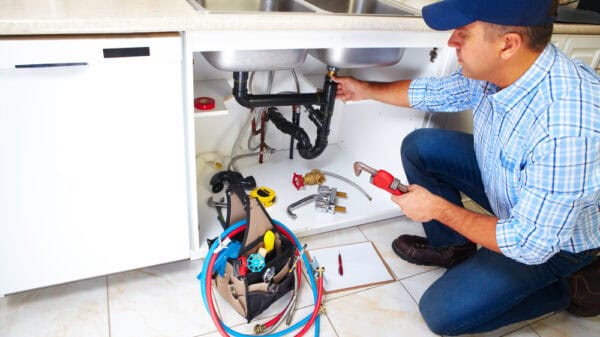





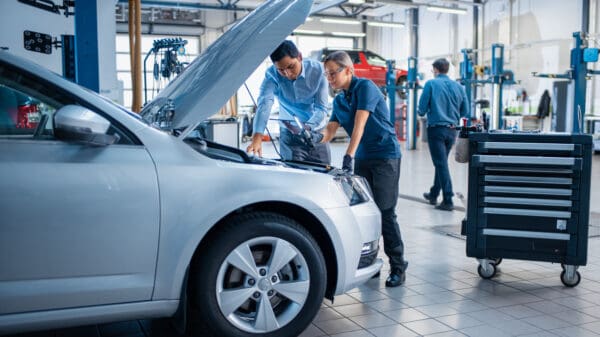

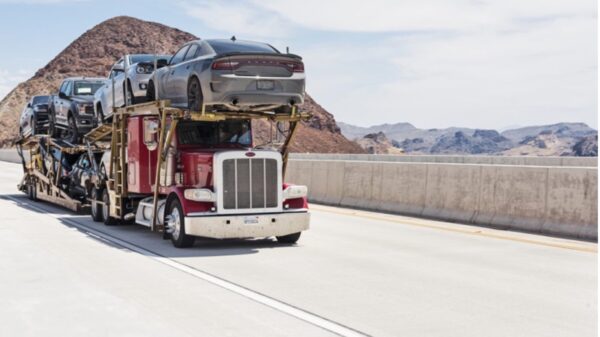







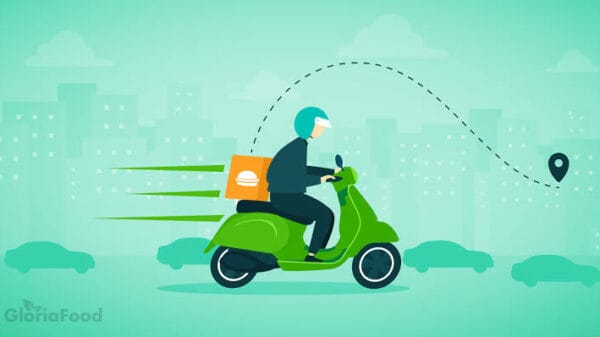







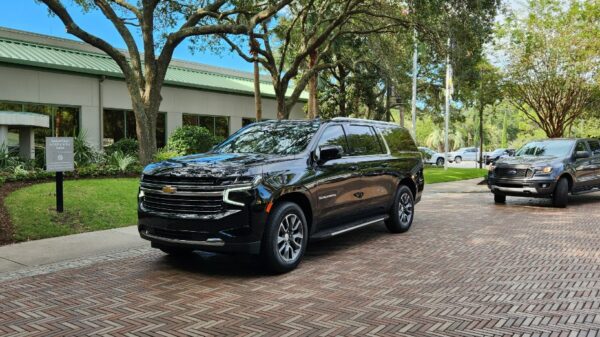









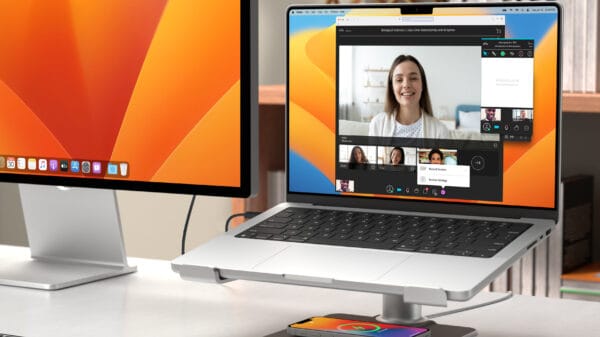














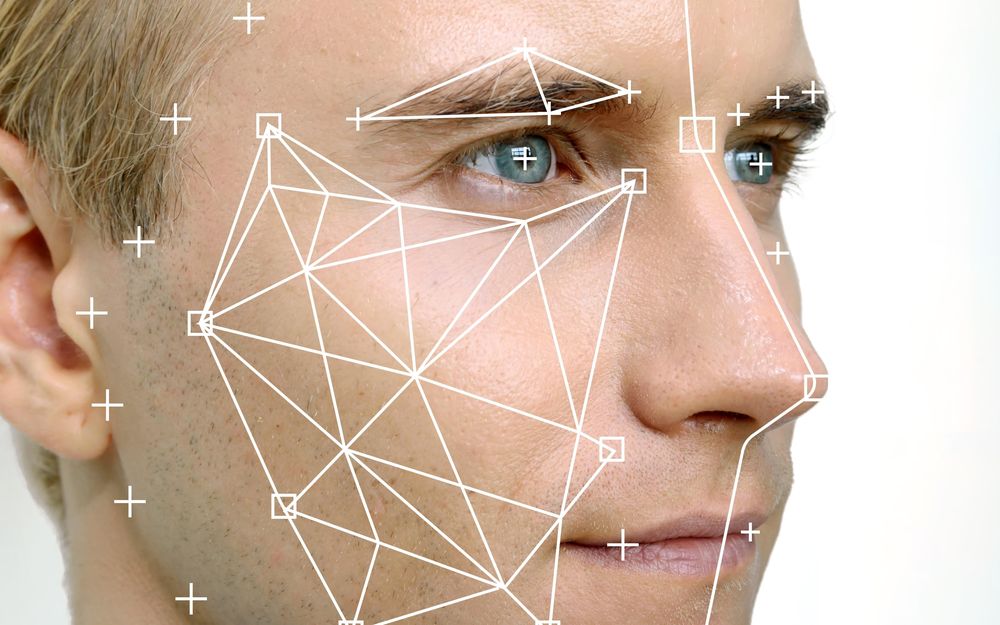





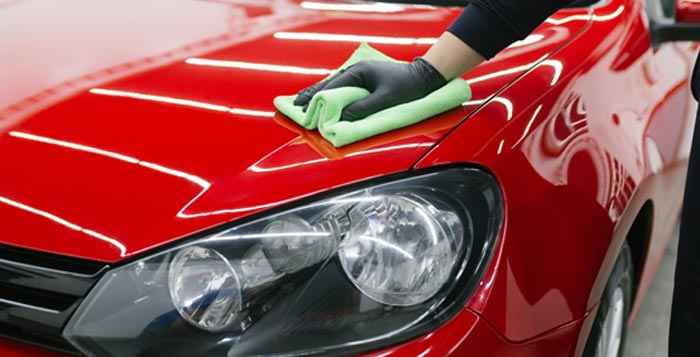













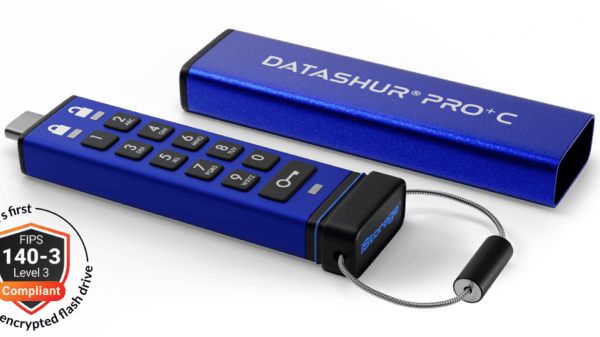


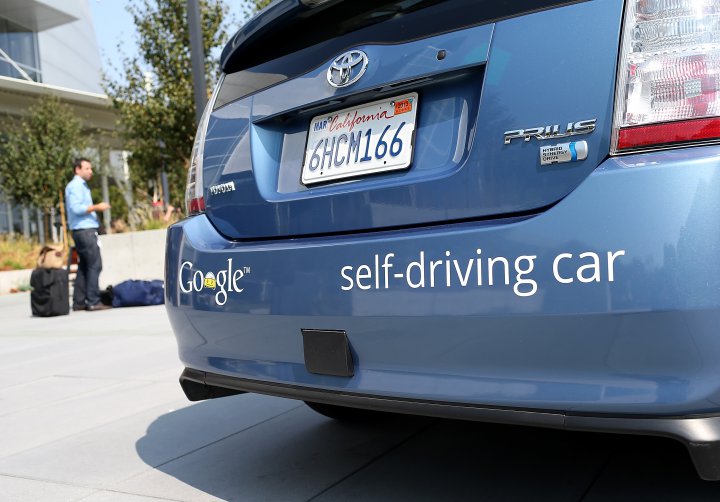






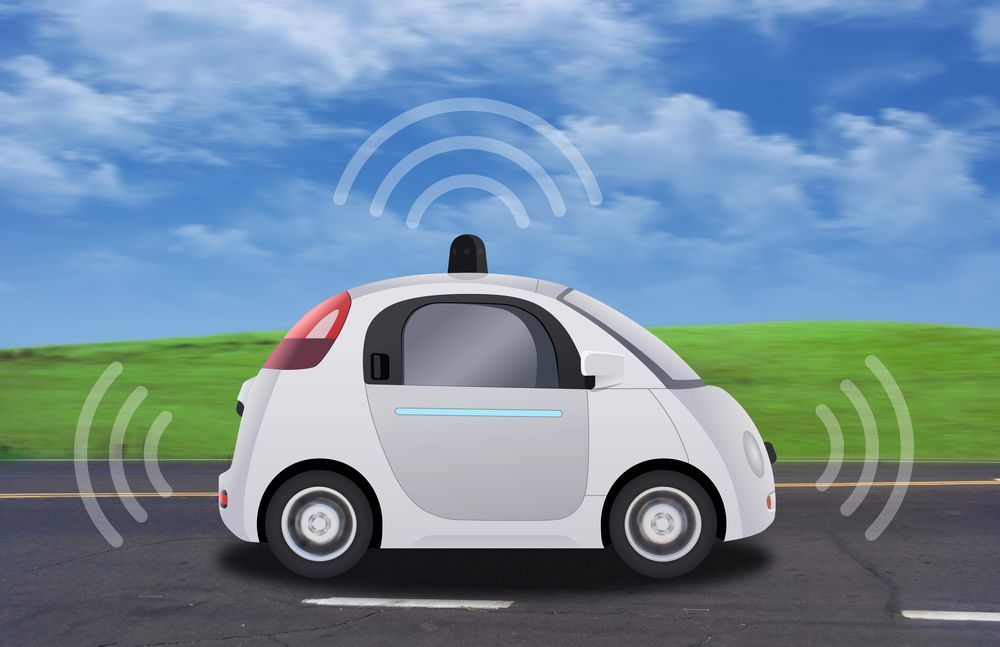
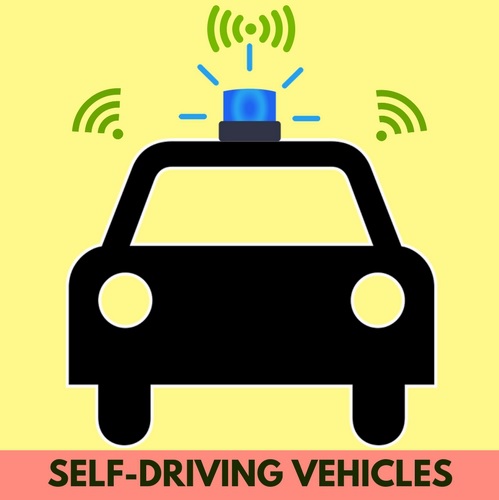
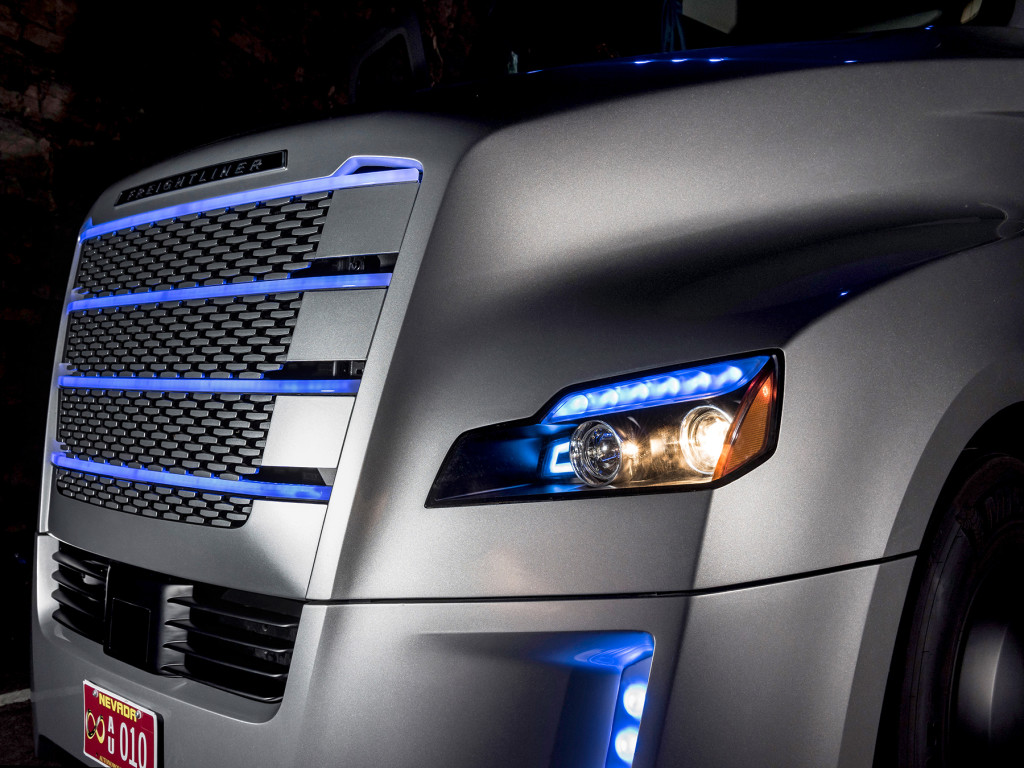
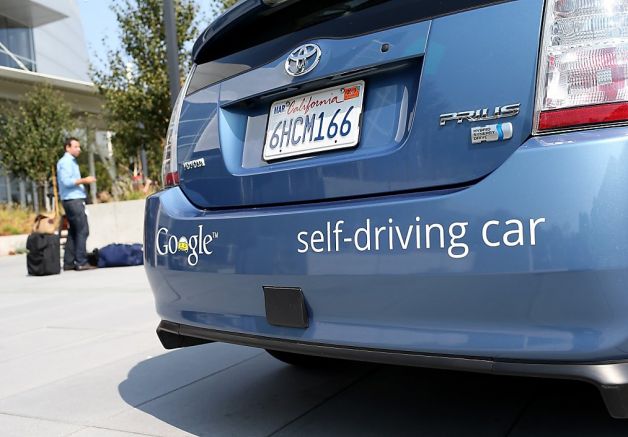
Pingback: Are self-driving cars a public safety hazard waiting to happen? | The All I Need